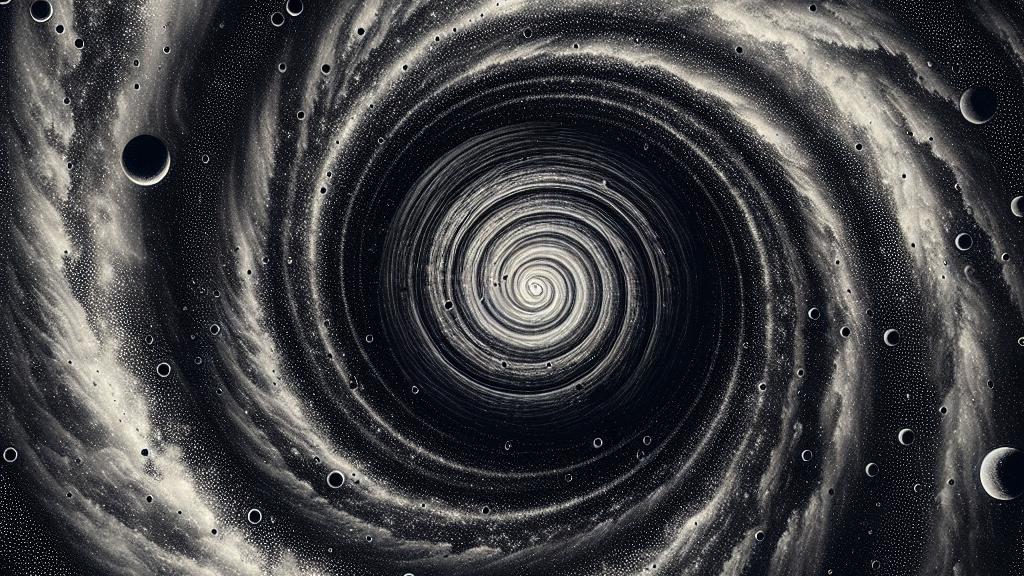Understanding the Spiral Structure of the Inner Oort Cloud
Overview
- Unlock the secrets of the newly identified spiral structure in the Oort cloud.
- Delve into how galactic tides significantly drive the creation of comets.
- Explore the far-reaching implications of this research for future astronomical exploration.

The Intriguing Mystery of the Inner Oort Cloud
Imagine the inner Oort cloud, an extraordinary region teeming with icy bodies, floating in the vastness of space far beyond the planets we know. Until recently, we viewed this space as merely a chaotic scatter of comet-like objects. However, innovative research from the Southwest Research Institute and the American Museum of Natural History has unveiled a striking truth: this part of the Oort cloud takes the form of a spiral structure! This gigantic spiral disk stretches across a breathtaking 15,000 astronomical units—encompassing a space that dwarfs even the distance to distant Pluto, which is almost 30 times closer to us than the inner edges of this icy realm. The realization that the inner Oort cloud resembles a mini-galaxy packed with icy bodies significantly alters our perspective on how these comets coexist and travel through the cosmos.
Galactic Tides and Their Impact on Comet Formation
But how does this spiral form, you might ask? The answer lies in the fascinating phenomenon known as galactic tides. Picture our solar system, gracefully orbiting the center of the Milky Way, while enduring the gravitational pull from countless celestial objects, such as nearby stars and even black holes. Just as the moon plays a pivotal role in shaping ocean tides on Earth, these vast galactic forces influence the icy bodies residing in the Oort cloud. When these gravitational forces act upon the cloud, they push and pull at its contents, igniting events that lead to collisions or nudging some comets toward the inner solar system. This cosmic interplay results in the birth of long-period comets. So, the next time a vibrant comet streaks through your night sky, remember—it embarked on its adventurous journey thanks to the mysterious dance of gravitational tides in the galaxy!
The Urgent Need for Future Observational Missions
Yet, capturing stunning images of this spiral structure presents a daunting challenge, one that our current technology is ill-equipped to tackle. The research team emphasizes the urgent necessity for the scientific community to advance observational missions that can effectively penetrate the veil of darkness surrounding these distant icy bodies. Imagine the thrill of launching a mission with cutting-edge telescopes capable of monitoring the movements of comets deep within this cosmic expanse! By investing in such explorations, we have the potential to unlock the mysteries of the Oort cloud, revealing vital information about the origins and trajectories of comets and their possible impact on Earth. It's an exhilarating era for astronomy as we stand poised to discover new possibilities that await in the icy depths of our solar system, turning the mysteries of the Oort cloud into exciting realities!

Loading...